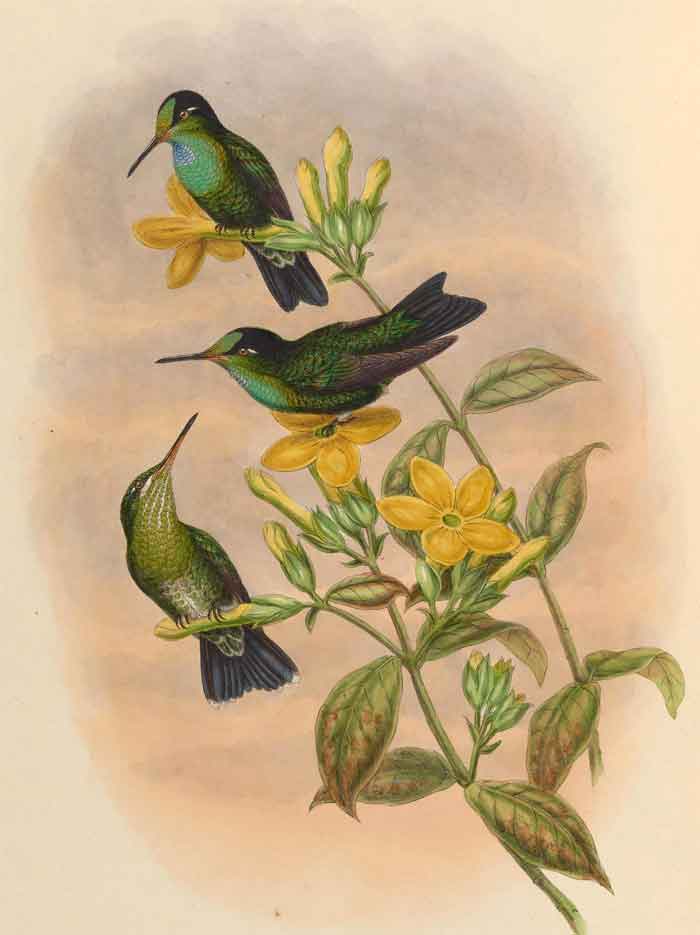
Superregnum: Eukaryota
Cladus: Unikonta
Cladus: Opisthokonta
Cladus: Holozoa
Regnum: Animalia
Subregnum: Eumetazoa
Cladus: Bilateria
Cladus: Nephrozoa
Superphylum: Deuterostomia
Phylum: Chordata
Subphylum: Vertebrata
Infraphylum: Gnathostomata
Megaclassis: Osteichthyes
Cladus: Sarcopterygii
Cladus: Rhipidistia
Cladus: Tetrapodomorpha
Cladus: Eotetrapodiformes
Cladus: Elpistostegalia
Superclassis: Tetrapoda
Cladus: Reptiliomorpha
Cladus: Amniota
Classis: Reptilia
Cladus: Eureptilia
Cladus: Romeriida
Subclassis: Diapsida
Cladus: Sauria
Infraclassis: Archosauromorpha
Cladus: Crurotarsi
Divisio: Archosauria
Cladus: Avemetatarsalia
Cladus: Ornithodira
Subtaxon: Dinosauromorpha
Cladus: Dinosauriformes
Cladus: Dracohors
Cladus: Dinosauria
Cladus: Saurischia
Cladus: Eusaurischia
Subordo: Theropoda
Cladus: Neotheropoda
Cladus: Averostra
Cladus: Tetanurae
Cladus: Avetheropoda
Cladus: Coelurosauria
Cladus: Tyrannoraptora
Cladus: Maniraptoromorpha
Cladus: Maniraptoriformes
Cladus: Maniraptora
Cladus: Pennaraptora
Cladus: Paraves
Cladus: Eumaniraptora
Cladus: Avialae
Infraclassis: Aves
Cladus: Avebrevicauda
Cladus: Pygostylia
Cladus: Ornithothoraces
Cladus: Ornithuromorpha
Cladus: Carinatae
Parvclassis: Neornithes
Cohors: Neognathae
Cladus: Neoaves
Superordo: Caprimulgimorphae
Ordo: Apodiformes
Familia: Trochilidae
Subfamilia: Trochilinae
Genus: Heliodoxa
Species: Heliodoxa xanthogonys
Name
Heliodoxa xanthogonys Salvin & Godman, 1882
Type locality: Merume Mts, Guiana.
Synonyms
Aphantochroa alexandri Boucard, 1891 HummingBird p. 18 BHL
References
Salvin, O. & Godman, F.D. 1882. VI. Notes on Birds from British Guiana. The Ibis 4(6): 76–84. BHL Reference page. p. 80 BHL
Vernacular names
English: Velvet-browed Brilliant
español: Brillante de tepuy
português: brilhante-veludo
The velvet-browed brilliant (Heliodoxa xanthogonys) is a species of hummingbird in the "brilliants", tribe Heliantheini in subfamily Lesbiinae. It is found in Brazil, Guyana, Suriname, and Venezuela.[3][4][5]
Taxonomy and systematics
The velvet-browed brilliant has two subspecies, the nominate H. x. xanthogonys and H. x. williardi.[3]
Description
The velvet-browed brilliant is 10 to 11 cm (3.9 to 4.3 in) long including its approximately 2 cm (0.8 in) bill, and weighs 5.5 to 7.5 g (0.19 to 0.26 oz). Both sexes have a straight bill; the maxilla is blackish and the mandible orange with a dark tip. Both have a small white spot behind the eye.[6]
Males of the nominate subspecies have a glittering golden- to emerald green central crown and a velvety blackish supercilium. The rest of the face, the hindneck, and the upperparts are dark golden green. The upper throat has a glittering violet-blue patch, the breast and belly are dark golden green, and the undertail coverts are greenish with narrow gray and rufous edges. The uppertail coverts and central tail feathers are bronze- to emerald green and the rest of the tail blackish green. Females are generally duller, with less iridescence, and do not have the black supercilium or the violet throat patch. They have a white "moustache", and most of the underparts are whitish with greenish spots. The tail feathers have white tips.[6]
Males of subspecies H. x. williardi have longer wings and tail than the nominate but are otherwise similar. Females have less green and more white on their underparts, with no green spots on the belly. The tail is emerald green with broad white edges to the feathers.[6]
Distribution and habitat
The nominate subspecies of velvet-browed brilliant is found in the highlands and tepuis where Venezuela, Guyana, and Brazil meet. In addition, there are a few records in Suriname. Subspecies H. x. williardi is found further south, on the tepuis of the southern Venezuela-northern Brazil border. The species inhabits the interior, edges, and clearings of sub-montane forest and also scrublands. In elevation is mostly occurs between 700 and 2,000 m (2,300 and 6,600 ft) but has been recorded as low as 500 m (1,600 ft).[6]
Behavior
Movement
The velvet-browed brilliant is believed to be sedentary but may make some seasonal elevational movements.[6]
Feeding
The velvet-browed brilliant forages for nectar both low down and high in the canopy, but in the forest interior tends to stay low. It feeds by trap-lining, visiting a circuit of flowering plants, but also defends patches of flowers. In some seasons the sexes tend to separate and feed at different resources. In addition to nectar, the species also feeds on small insects.[6]
Breeding
The velvet-browed brilliant's breeding season is apparently from January to March. It makes a saddle-type nest but nothing else is known about its breeding phenology.[6]
Dickcissel male perched on a metal pole singing, with neck stretched and beak open.
Songs and calls
Listen to velvet-browed brilliant on xeno-canto
Vocalization
The velvet-browed brilliant gives a "repeated nasal 'squank'" in flight. Another vocalization is "high-pitched drawn-out reeling trills" that rise and fall in pitch.[6]
Status
The IUCN has assessed the velvet-browed brilliant as being of Least Concern. However, it has a restricted range and its population size is unknown and believed to be decreasing.[1] It is locally abundant, and might be present in unexplored suitable habitat in the gaps among its scattered known locations.[6]
References
BirdLife International (2016). "Velvet-browed Brilliant Heliodoxa xanthogonys". IUCN Red List of Threatened Species. 2016: e.T22687718A93165729. doi:10.2305/IUCN.UK.2016-3.RLTS.T22687718A93165729.en. Retrieved 6 May 2022.
"Appendices | CITES". cites.org. Retrieved 2022-01-14.
Gill, F.; Donsker, D.; Rasmussen, P., eds. (January 2022). "Hummingbirds". IOC World Bird List. v 12.1. Retrieved January 15, 2022.
HBW and BirdLife International (2020) Handbook of the Birds of the World and BirdLife International digital checklist of the birds of the world Version 5. Available at: http://datazone.birdlife.org/userfiles/file/Species/Taxonomy/HBW-BirdLife_Checklist_v5_Dec20.zip [.xls zipped 1 MB] retrieved 27 May 2021
Remsen, J. V., Jr., J. I. Areta, E. Bonaccorso, S. Claramunt, A. Jaramillo, D. F. Lane, J. F. Pacheco, M. B. Robbins, F. G. Stiles, and K. J. Zimmer. Version 31 January 2022. Species Lists of Birds for South American Countries and Territories. https://www.museum.lsu.edu/~Remsen/SACCCountryLists.htm retrieved February 1, 2022
Weller, A.A., P. F. D. Boesman, and G. M. Kirwan (2020). Velvet-browed Brilliant (Heliodoxa xanthogonys), version 1.0. In Birds of the World (J. del Hoyo, A. Elliott, J. Sargatal, D. A. Christie, and E. de Juana, Editors). Cornell Lab of Ornithology, Ithaca, NY, USA. https://doi.org/10.2173/bow.vebbri1.01 retrieved 6 May 2022
Retrieved from "http://en.wikipedia.org/"
All text is available under the terms of the GNU Free Documentation License

